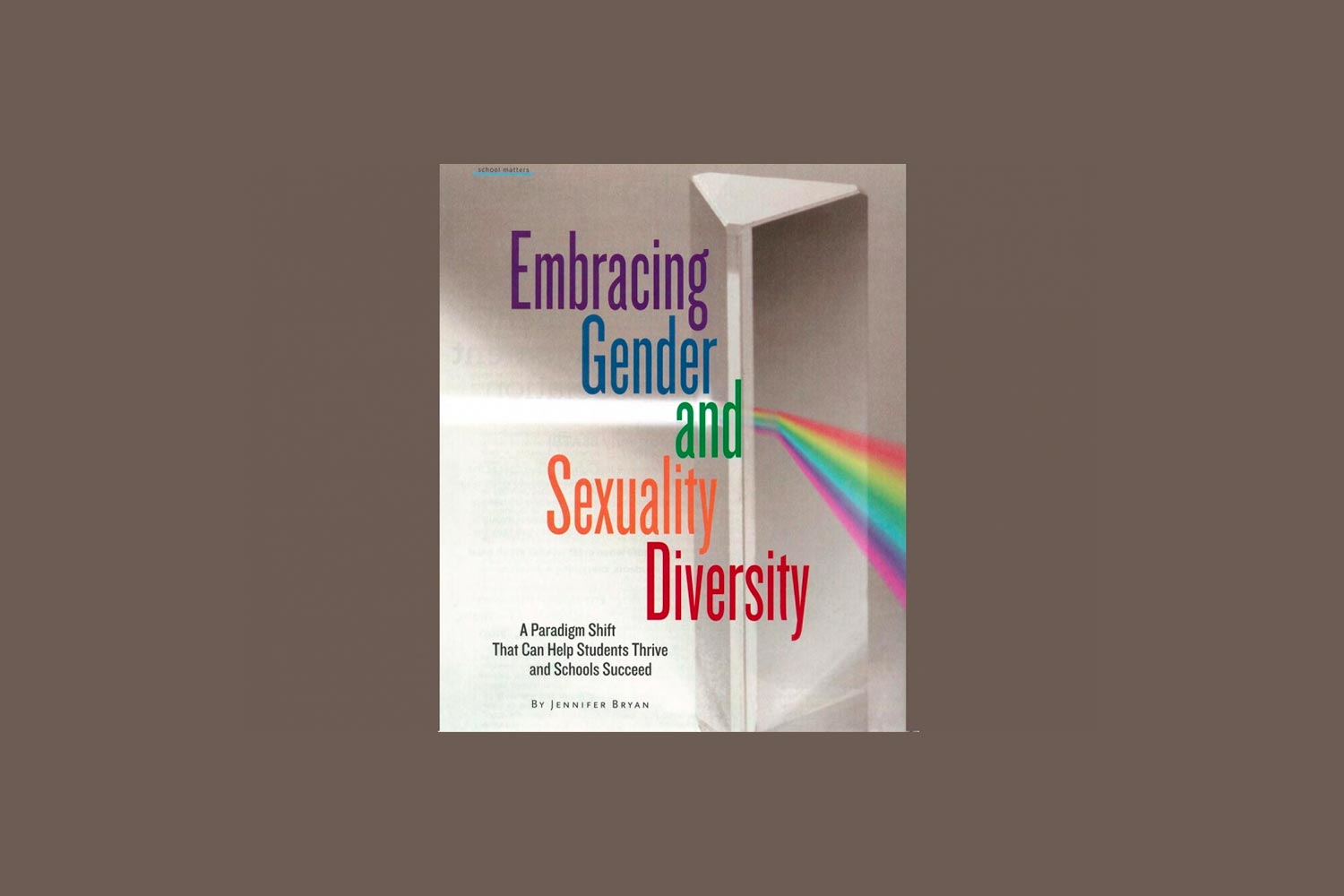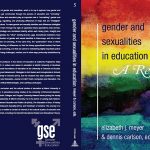Embracing Gender and Sexuality Diversity: A Paradigm Shift that Can Help Students Thrive and Schools Succeed
Author: Jennifer Bryan, Ph.D.
Excerpt from article in Independent School Magazine, Winter 2017
Given how pervasively political, cultural, educational, and religious institutions are built on a foundation of stereotypes and binary assumptions, it is easy to understand why people find the current reassessment of all things gender disquieting and disruptive. The consequences of this upheaval can be found in all corners of pre-K-12 schooling, from the first-grade boy who wants to wear a dress to school, to the middle school girl who wants to play football, to the genderqueer high school students seeking affirmation and inclusion.
When I began working with independent schools on gender-related issues 16 years ago, the goal was to open educators’ hearts and minds, and help them understand children and adolescents who were diverse in terms of their gender and sexuality. At the time, using the LGB (and reluctantly, T) framework was the standard approach. Even if teachers weren’t comfortable saying the words lesbian, gay, bisexual, and transgender out loud, LGBT was a recognizable acronym that organized thinking and actions. Over the years, however, this narrow framework has perpetuated a focus on “gay kids” or students who are “different.” As a result, we have missed the broad impact of sexism, homophobia, and heteronormativity on all students, of every age.


